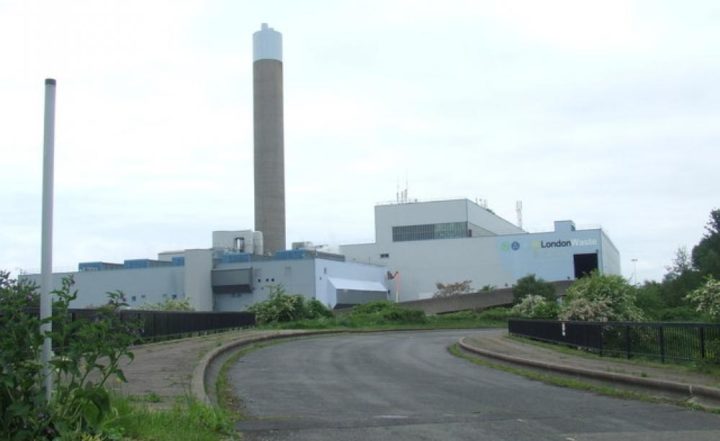Campaigners launch legal challenge to Environment Agency’s decision to grant a permit for one of Europe’s biggest waste incinerators.
A campaign group, representing seven villages in Essex, has issued a legal challenge against the Environment Agency over concerns that residents will be exposed to the potentially hazardous effects of the development of one of Europe’s biggest waste incinerators.
Represented by Leigh Day solicitors, No Essex Incinerator Limited (also known as Parishes Against Incinerator: PAIN) has applied for permission to judicially review the Environment Agency’s decision to grant the developer of the incinerator, Gent Fairhead and Co Limited, permission to vary the environmental permit it has had since 2017.
The decision means that Gent Fairhead can build a shorter 35-metre stack – used to disperse the pollutions produced by the waste plant to reduce their adverse effects on air quality – at the integrated waste management facility on Rivenhall Airfield, Essex, which was given planning permission in 2010.
Impacts
Four years ago, it was accepted by the Environment Agency that a 35-metre stack would not meet the EU’s best practice guidance for building waste incinerators (known as Best Available Techniques). However, the Environment Agency has now granted a licence for the shorter stack, which means the company can now go ahead with the project.
There are fears that the uniquely low height of the stack will severely impact the air quality on homes in the surrounding area. Of particular concern is the potential effects on the hundreds of children who attend primary schools in the local area.
PAIN also has serious concerns about the effects the development would have on the environment if the permit goes unchallenged.
PAIN says that the emissions from the site would be equivalent to 120,000 cars each travelling 8,000 miles a year around Braintree in Essex. It believes there is no other waste management facility with a stack at such a low height in the whole of the UK. Without a sufficiently high stack to limit the harmful effects caused by the waste plant, PAIN believe the effects on the environment could be catastrophic.
The plant would include an anaerobic digester which could process 75 tonnes of non-hazardous waste a day, an incineration plant with the capacity to process more than three tonnes an hour, and a mechanical biological treatment facility.
Health
The campaigners represent residents from the parishes of Coggeshall, Feering, Silver End, Stisted, Rivenhall, Kelvedon and Witham.
They make their case for judicial review on the grounds that permitting the 35m stack height amounts to a breach of the Industrial Emissions Directive, and that even if a 35m stack was capable of being a Best Available Technique, the Environment Agency failed to take into account the need to reduce to a minimum the overall impact of the emissions on the environment
The campaigners argue that the decision was made in a manner contrary to guidance produced by the Environment Agency without good reason.
Nick Unsworth, PAIN campaigner, said: “This is the last roll of the dice for us and, as there is no Ombudsman or arbitration mechanism, somebody must ask why this has been allowed given the Environment Agency’s original emphatic refusal of a 35m stack.
“It seems totally contrary to the climate change crisis we face, what we now know about the impacts of air quality on human health, education, schools, and the impact of CO2 on our environment (the incinerator will generate 500,000 tons per year) never mind the various agreements the UK government has signed up to.
“In addition there are lessons within the Covid-19 pandemic we must heed that showing us what actually happens when we reduce emissions and the subsequent improvement in air quality.”
Failure
Leigh Day solicitor John Crowley said: “Our client believes that the building of a 35-metre stack at what will be one of the biggest waste incinerators in Europe will have a massively negative effect on the lives of residents in the surrounding villages.
“In giving permission to vary the terms of Gent Fairhead’s existing licence, and going against its previous decision on the subject, my client believes the Environment Agency has not only failed to follow the relevant EU legislation but also its own guidance.”
This Article
This article is based on a press release from Leigh Day.






